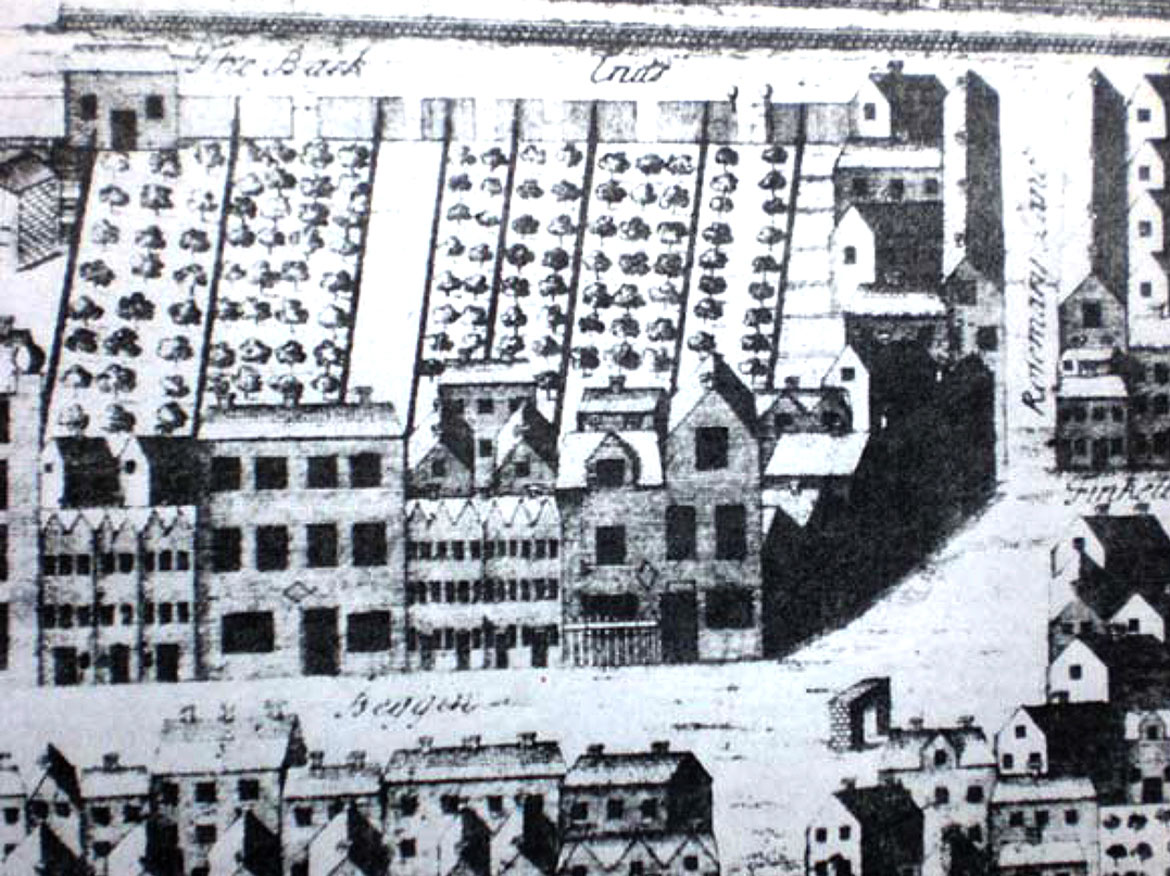
Topic: English Towns
Year: 2009
Source: Mark Girouard
Synopsis
"... Some medieval towns were laid out from the start with lanes parallel to the main street, giving back access to the plots. Other lands had no such access, and the only way to get to the back, apart from going through the house, was either not to build up the whole frontage, or to pierce an arch through it, such arches still abound in English towns.
In Roman and Renaissance times a villa was a far, with a gentlemen’s or noble man’s house on it. It was the country complement to his house and served a double purpose. Its farm supplied the town household, and its owners could retire to it from the town, especially in summer. The word arrived in England in the 17th century and lost farming connections; a house built for rural retirement. Either a small house with a little land attached on the edge of town or a full house on a large agricultural estate. Villa layouts in 19th century: Geometric (squares and circles), Picturesque ( winding roads), Grid ( series of parallel streets).
In 1900 cities, commonest housing was rows of identical terraces, slight changes in design was where two different developers. Streets were long, lined with solidity-built two storey houses and wide. No trees or front gardens..."
Other projects
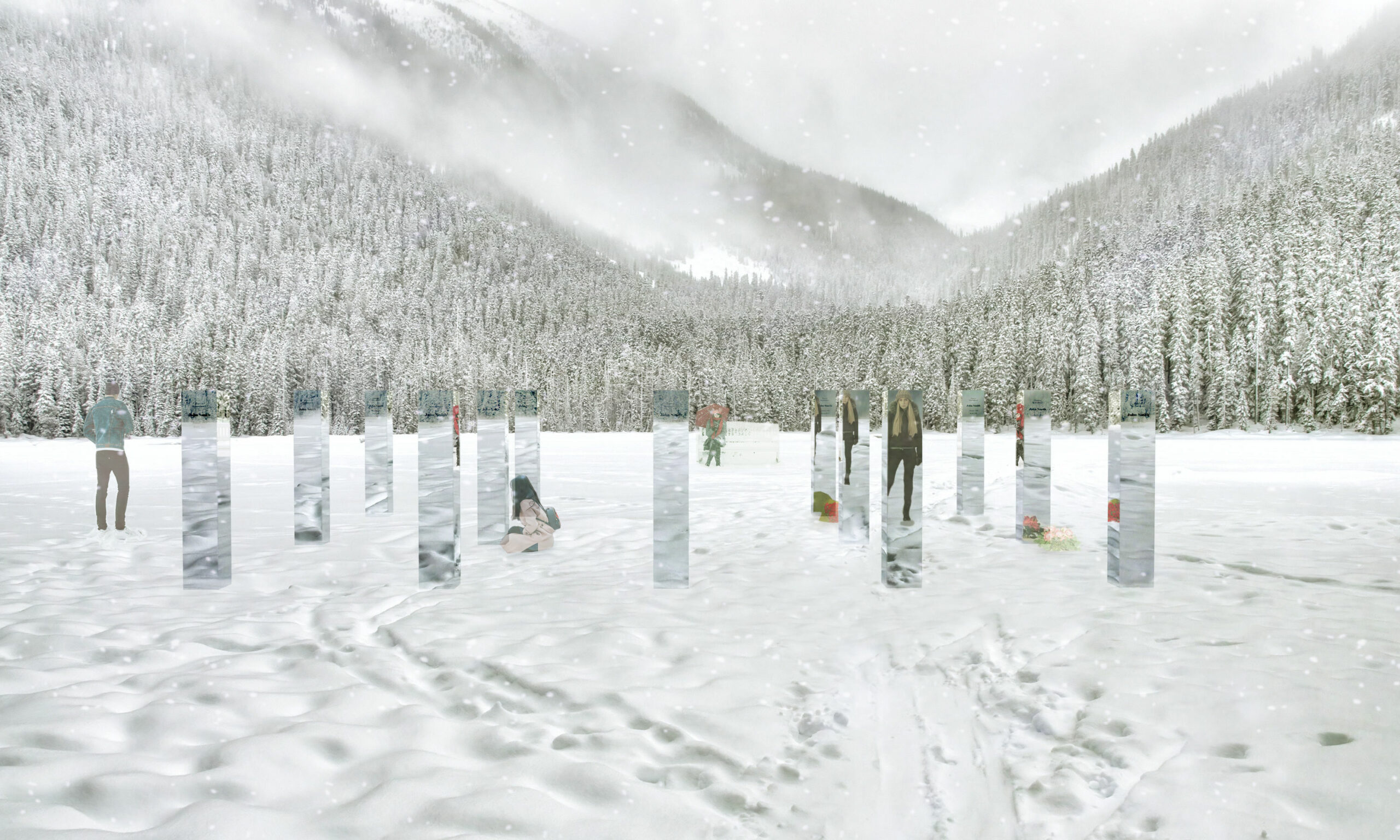
EmpathyConcept Design
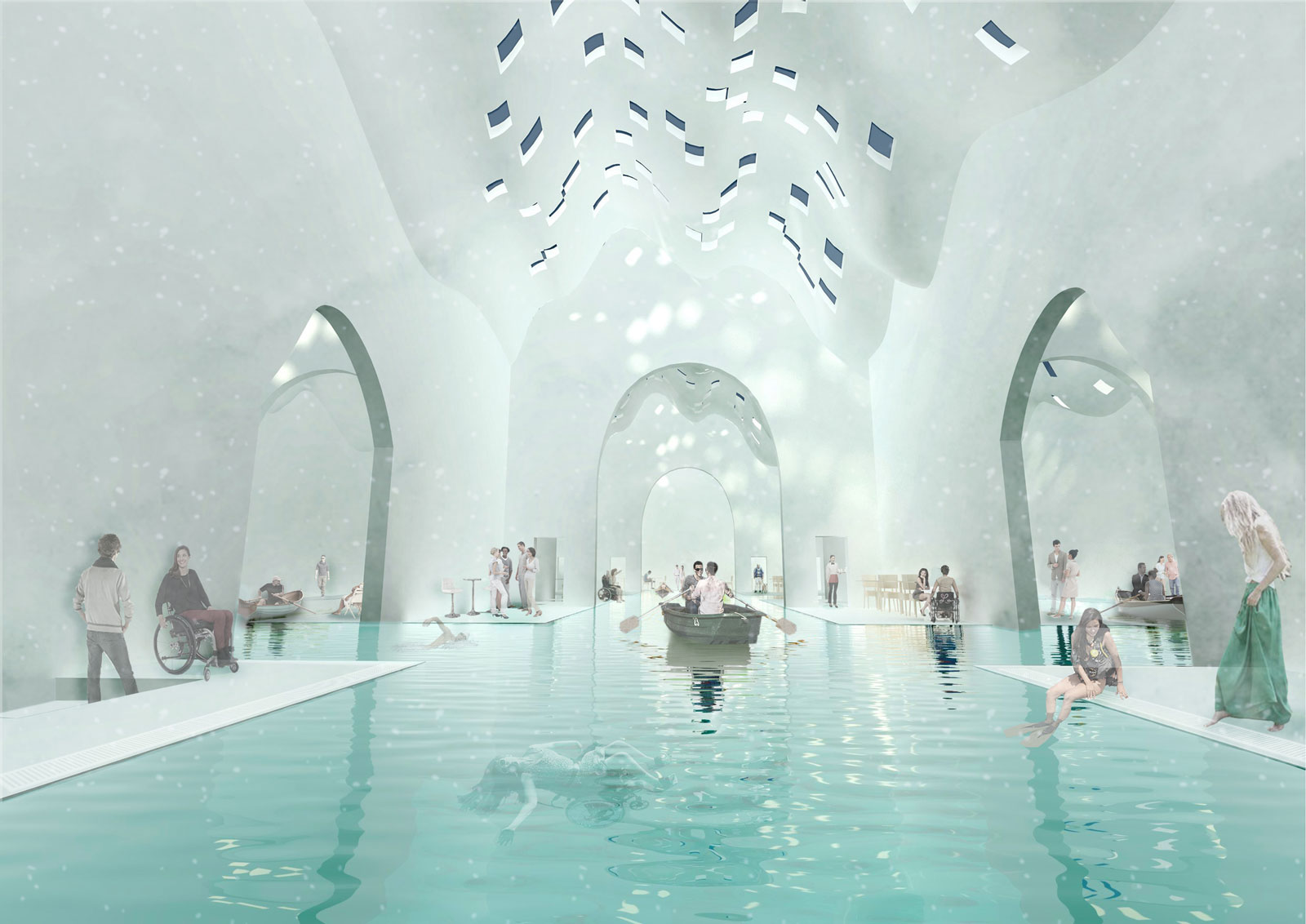
The Aquatic FoyerHotel

Roll Out The Red CarpetInstallation
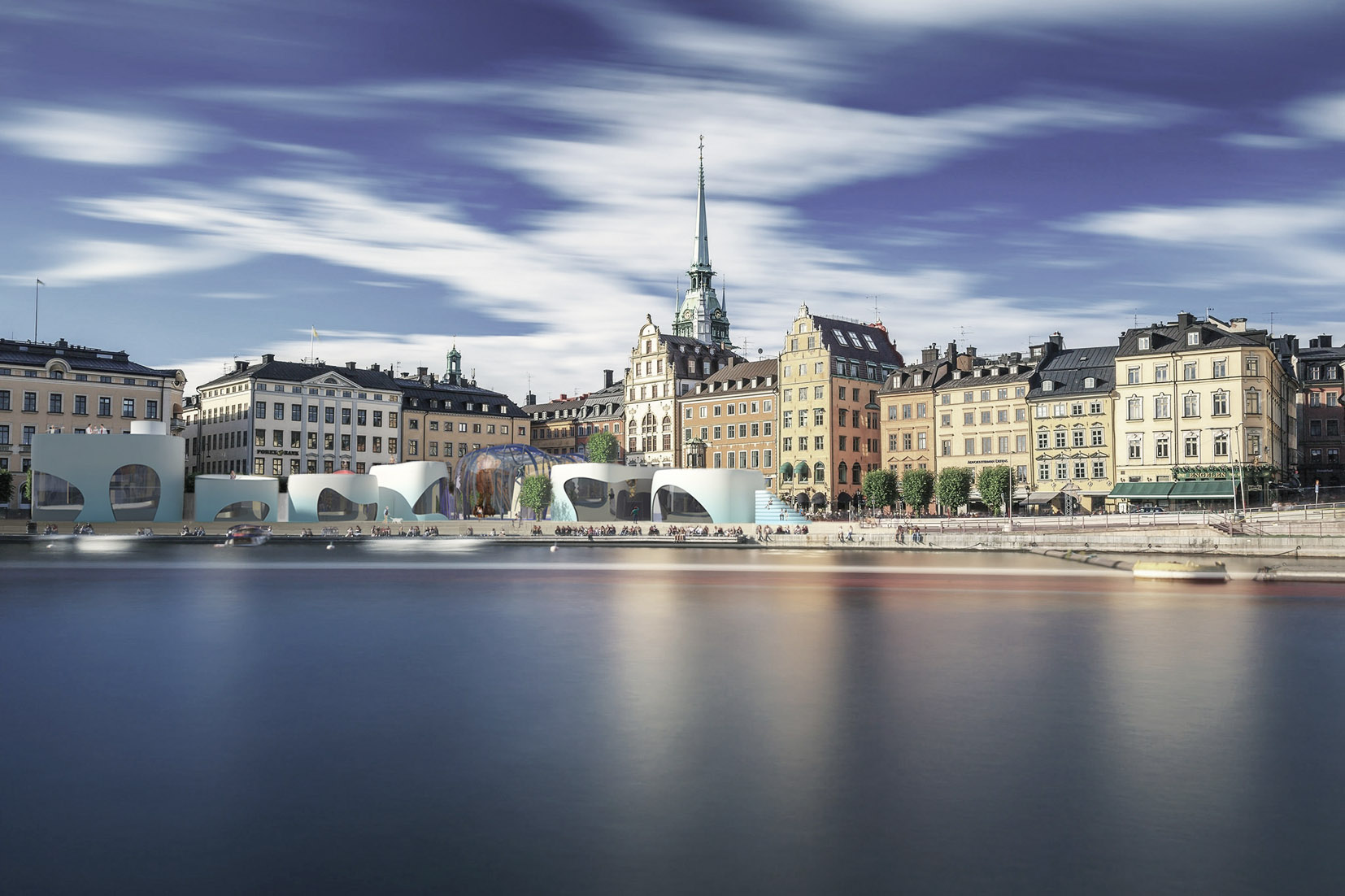
The Kornhamnstorg DropletsGalleries

House of Moving ArtsConcept Design
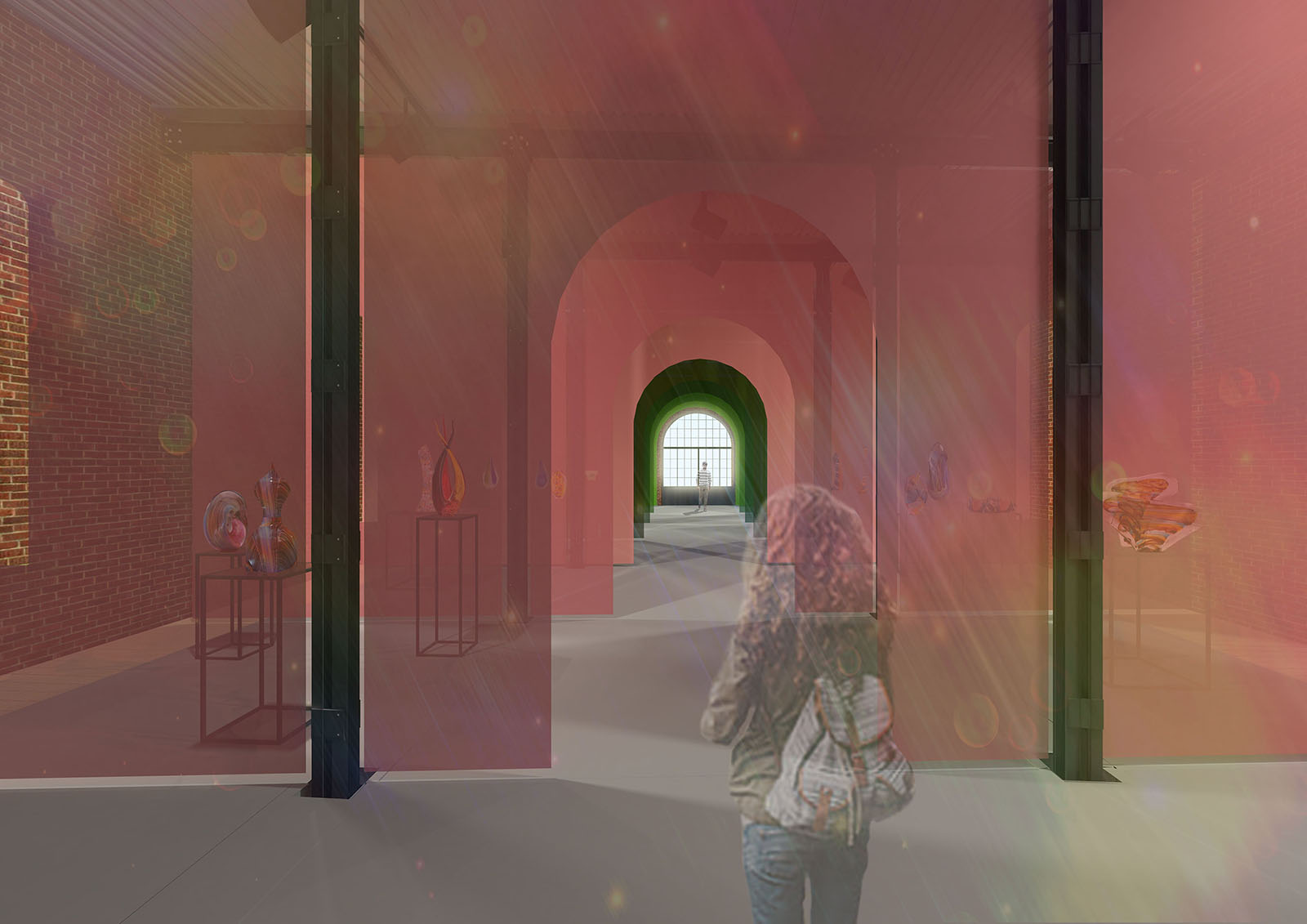
Venice Biennale 2020Competition Entry
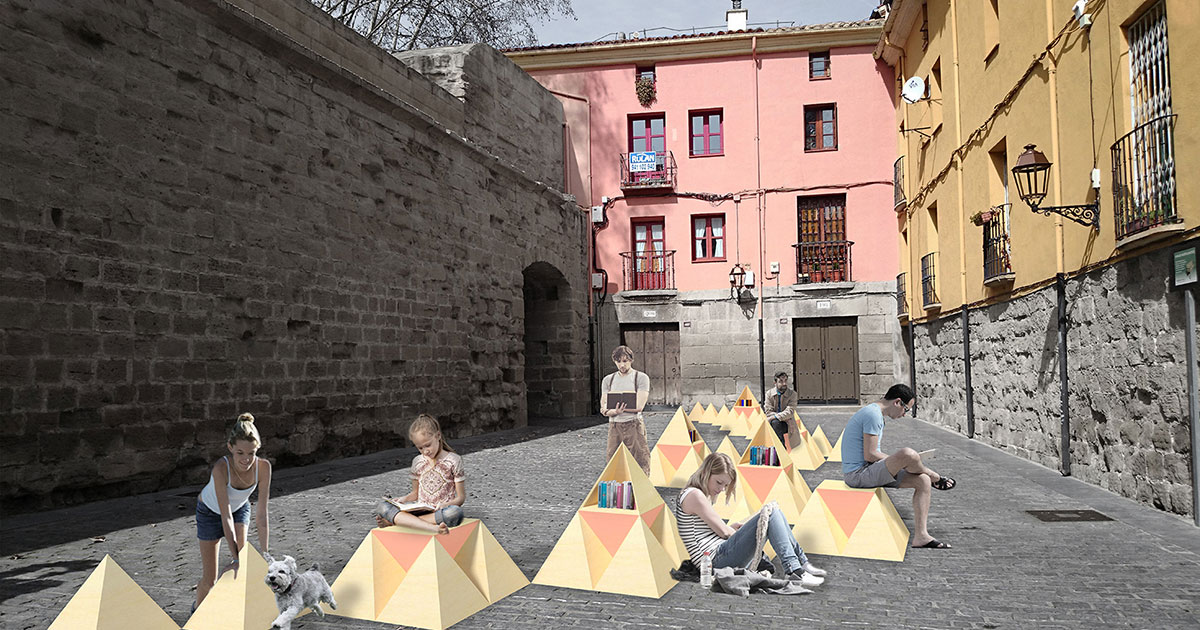
My Urban LibraryCompetition Entry

Now I Feel BeautifulCompetition Entry

Ridhuna IslandConcept Design

Disperesed RainbowConcept Design

A wallet for Mr 'A'Prototype

Love & ArchitectureCompetition Entry
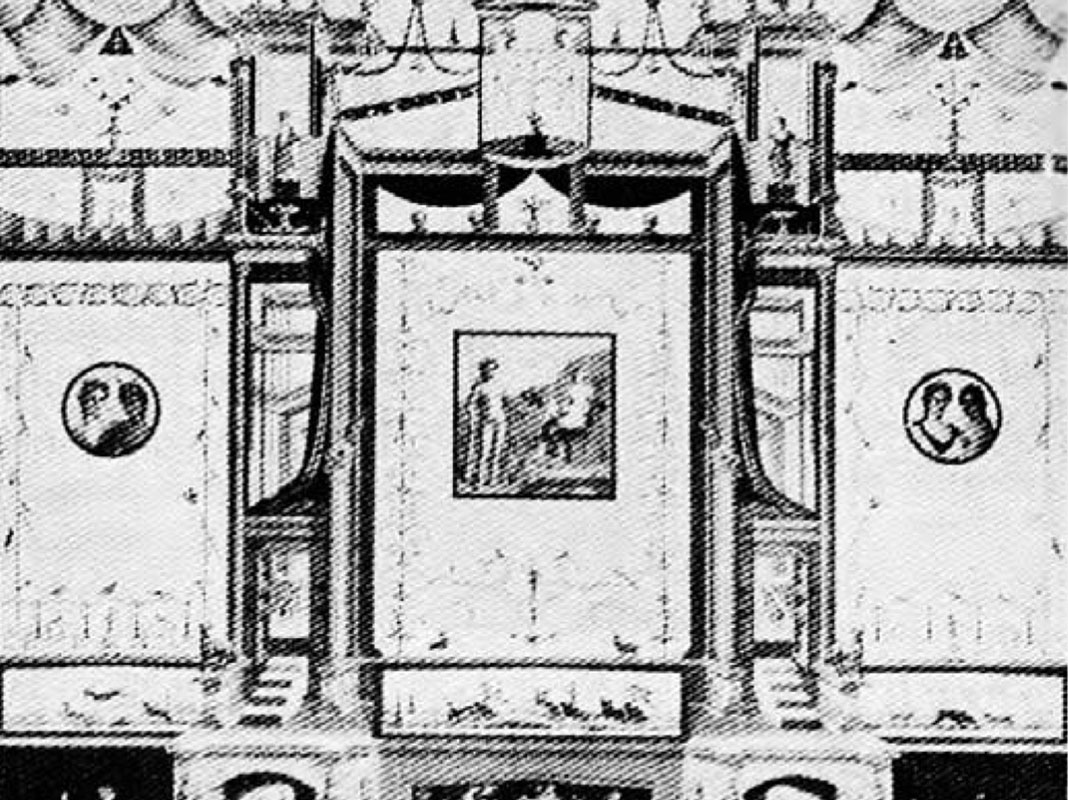
An AediculeArt Styles
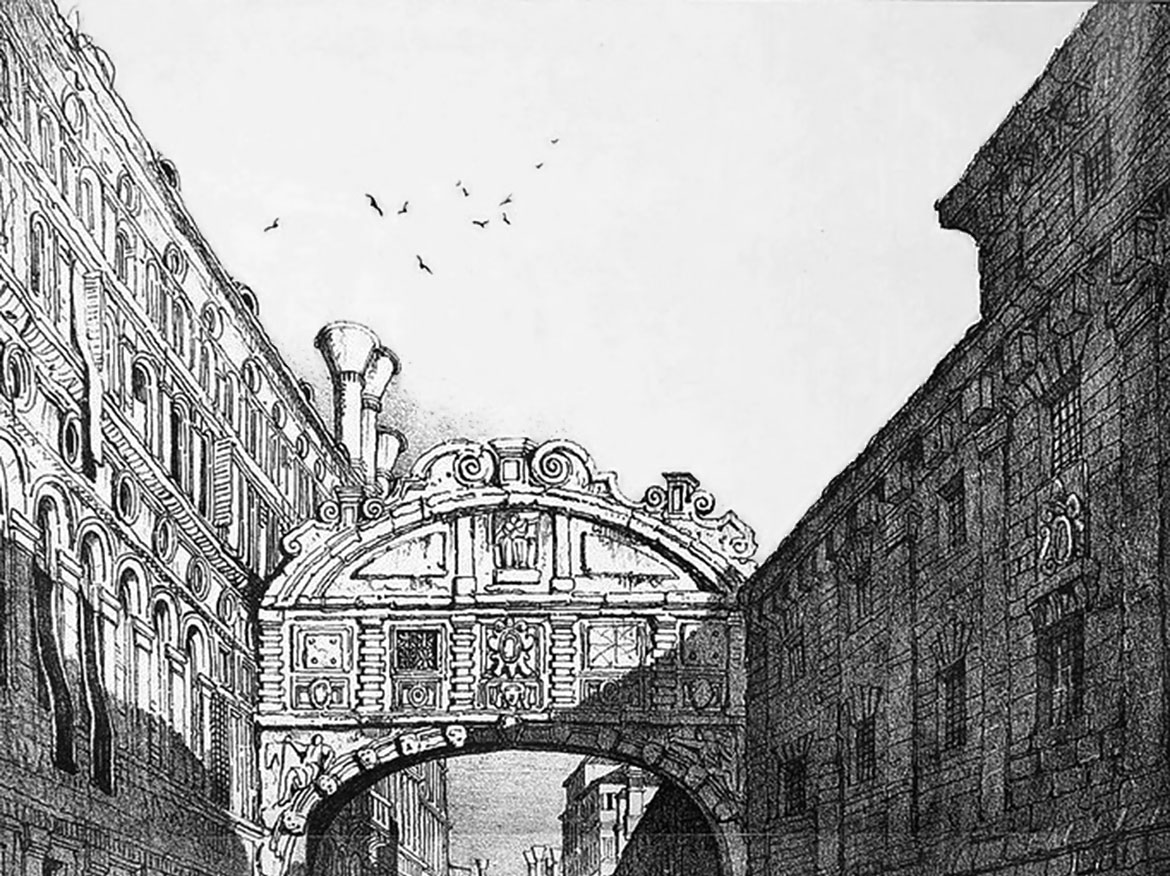
Route to JusticeSolutions
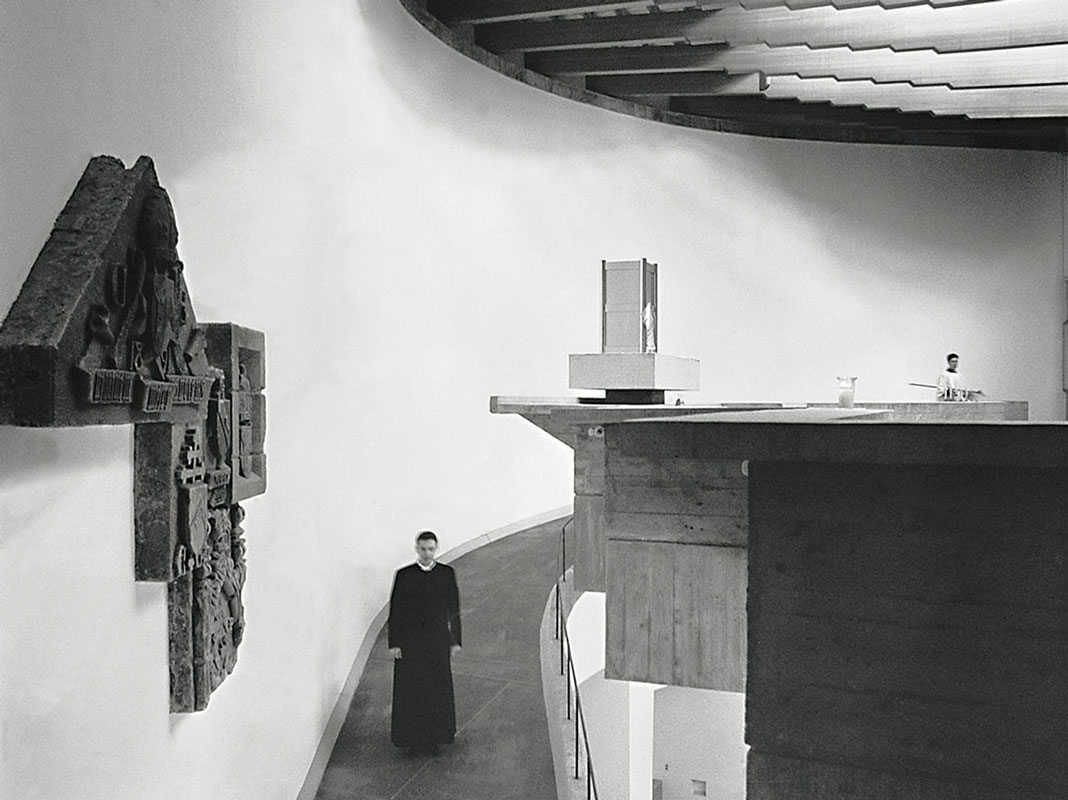
Poetry & ArchitecturePhilosophy
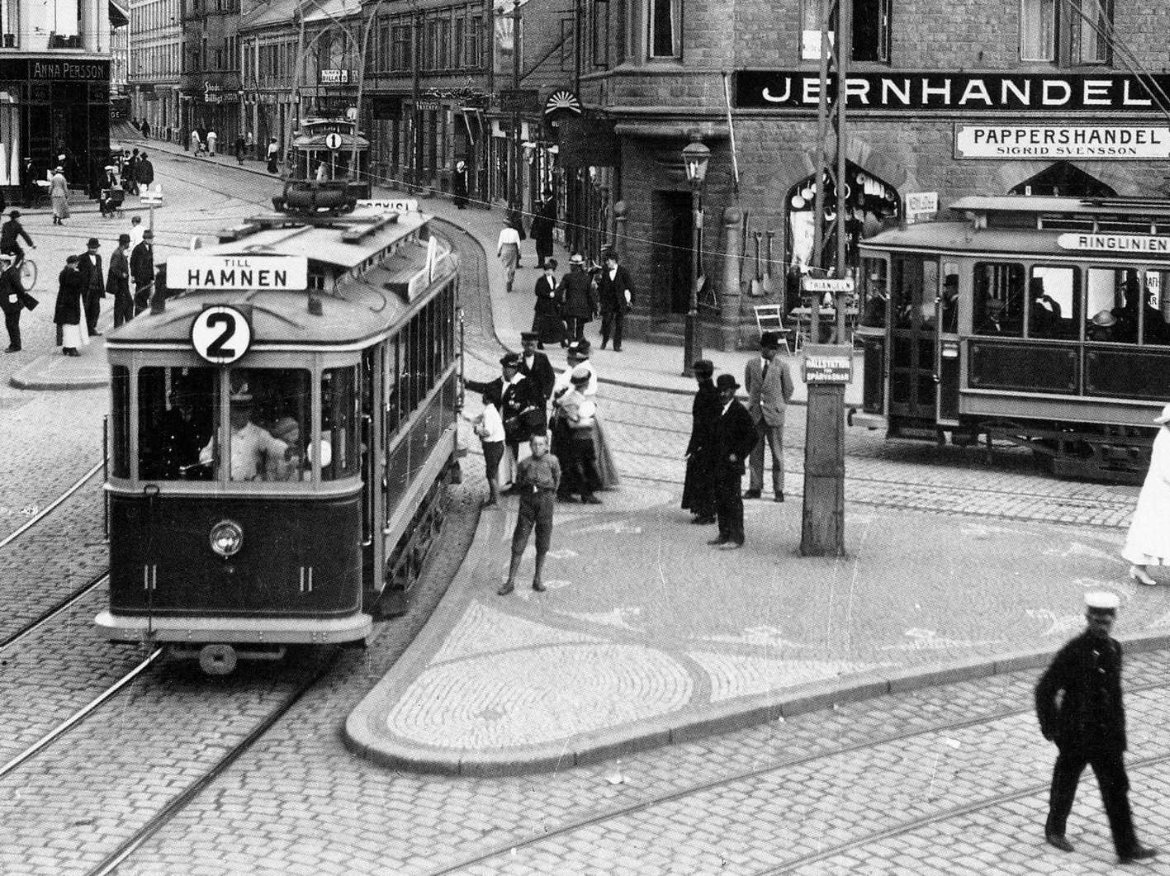
The TriangleInfrastructure
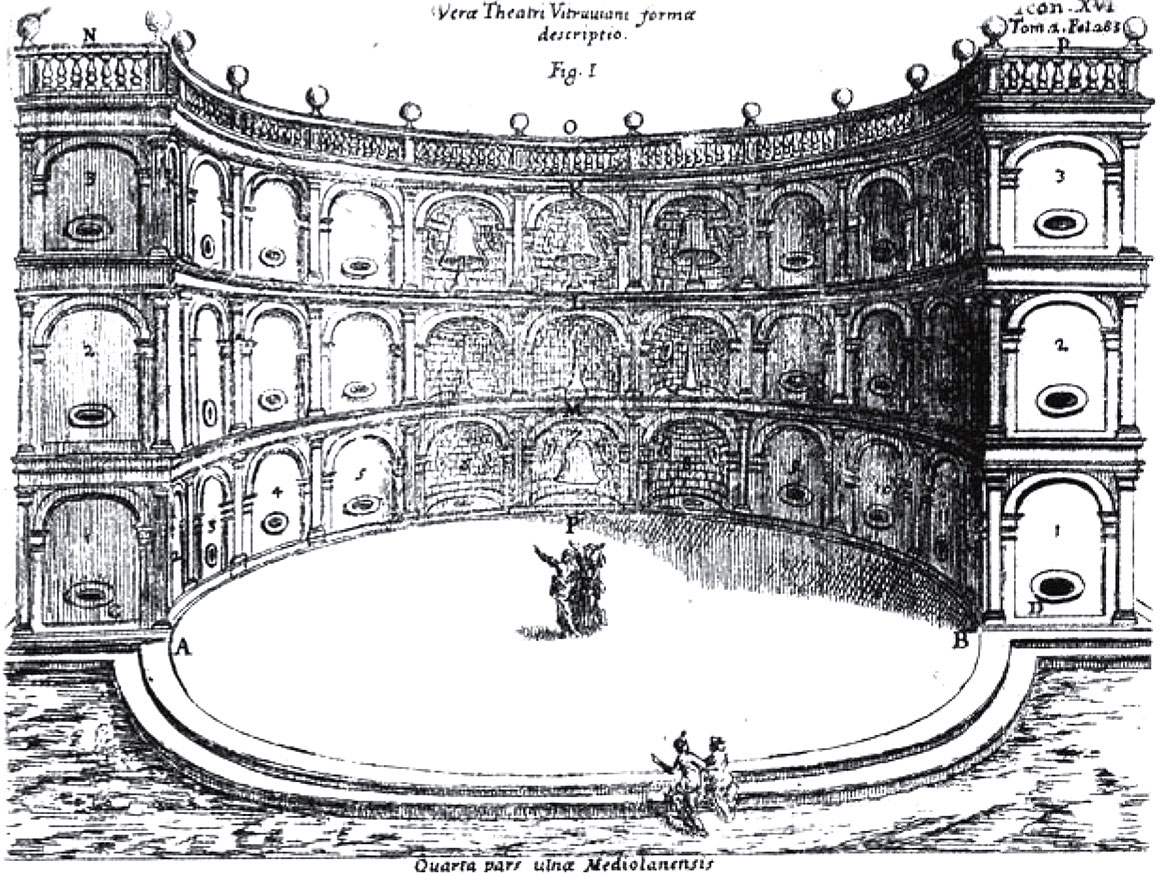
Music & ArchitecturePhilosophy
Fatima Grand Studio
Architecture | Town Planning | Strategic Design | Furniture Design | Research | Visualisation | Collaboration | Feasibility Design
Site Map
Copyright @ 2025 Fatima Grand Studio. All rights reserved.